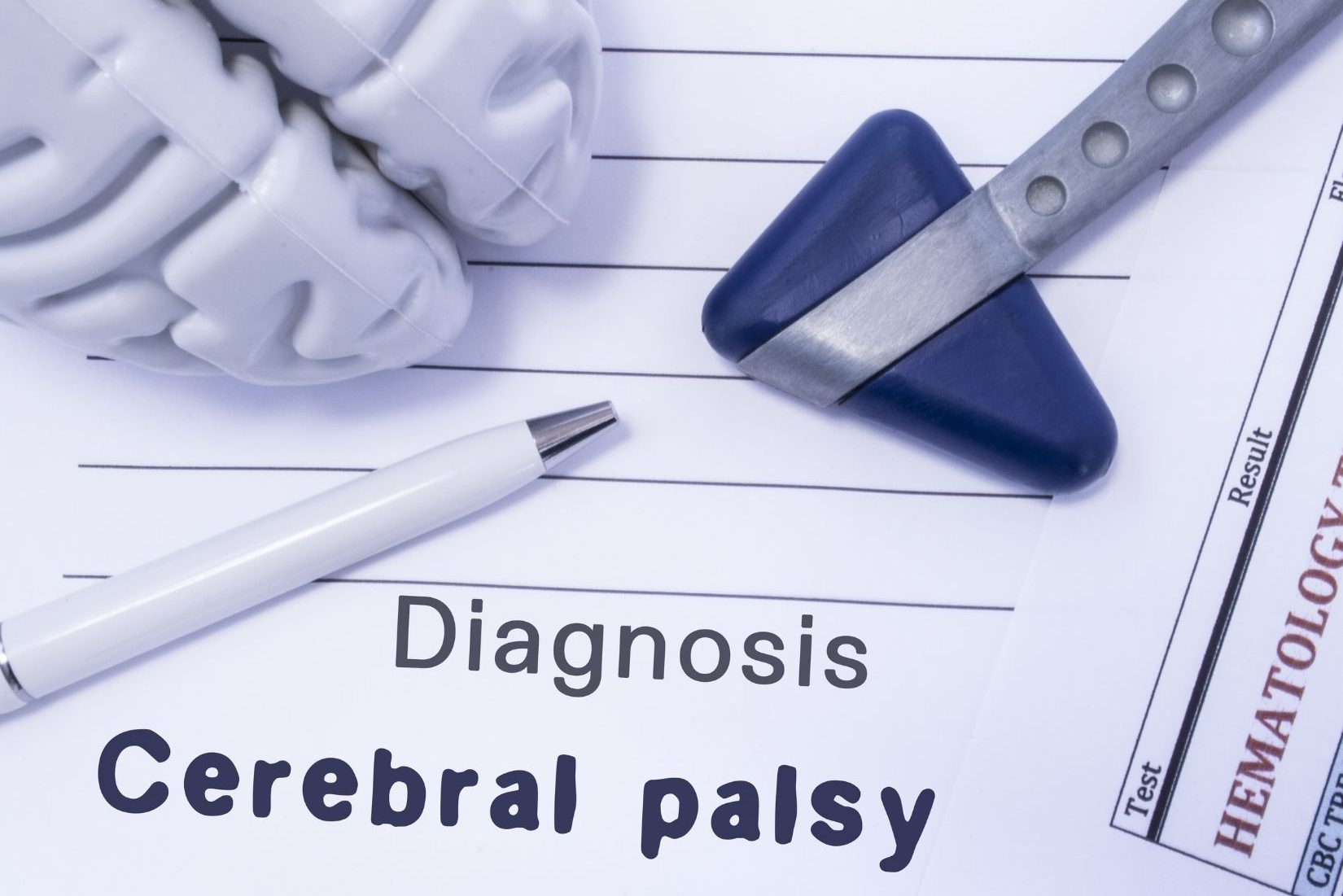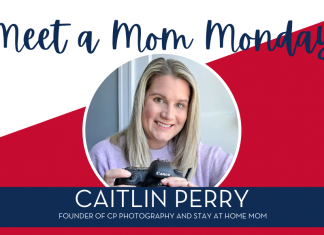For many, wearing green in March ends with St. Patrick’s Day. For us, it extends through March 25 — National Cerebral Palsy Awareness Day.

Did you know cerebral palsy is the most common motor disability among children?
Approximately one in 345 children has been diagnosed with cerebral palsy.
That’s not a small number, and chances are both you and your children have had and will have interactions with people who have cerebral palsy.
Unfortunately, even though there is a substantial population of people who have cerebral palsy, there is still a LOT of misinformation out there about CP itself.
Let’s take a moment and look at the FACTS.
- Most cases of CP are caused by a brain injury that happened before or during birth.
- Between 75-85% of kids have spastic CP, which means their muscles can be tight and feel stiff, making movements rigid or difficult.
- Between 50% and 60% of children with cerebral palsy can walk independently.
- About 40% of people with cerebral palsy also have epilepsy, and about 7.5% also have autism.
- In 2005, it was reported that the care of a child with CP costs 10 times more than a non-disabled child — about a million dollars over the course of their lifetime.
Most of the misinformation plays out in a series of stereotypes, largely caused by the lack of representation of disabled people in general. Though I cannot personally represent the population of people who have a cerebral palsy diagnosis, I am a parent of a child who does have CP. I will not speak on her behalf or about the specifics of her diagnosis, but I will share some information I’ve learned along the way.
So, my friends, let’s talk about some stereotypes about cerebral palsy.
Stereotype #1: Cerebral palsy looks the same for everyone.
Reality: Not only are there several different kinds of cerebral palsy, but no two cases ever look exactly the same. CP has a wide variety of symptoms people experience, including (but not limited to) muscle rigidity, muscle spasms, chronic pain, seizures, challenges with vision or hearing, scoliosis, and speech difficulties. Co-occurring intellectual or emotional disabilities also contribute to making every case unique.
Stereotype #2: People with cerebral palsy cannot walk and always use a wheelchair.
Reality: I’ll spare you my rant about how mobility aids need to be demystified, but the fact of the matter is that people with CP have varying degrees of mobility difficulty. It’s also true that people may need (or prefer) to use mobility aids sometimes but not others. Walkers, crutches, wheelchairs, medical strollers, scooters, and canes may be used differently depending on the stage of a person’s life, the weather, the setting, or based on the amount of pain they’re in that day. There is no clear-cut, easily defined way people as a whole navigate their environments.
Stereotype #3: People with cerebral palsy cannot communicate.
Reality: According to a Swedish study in 2012, about 50% of children with cerebral palsy have some sort of speech delay or disorder or are nonverbal. Therefore, it can also be said that about 50% of children do not have speech delays or communication disorders. It’s also important to note that just because a person is non-verbal, it does not make them non-communicative. ASL (American Sign Language), adapted ASL, communication devices, and eye-movement communication devices can all be used to communicate with others. Long story short, speaking is not the only way to express yourself.
Stereotype #4: Cerebral palsy always “comes with” a cognitive or intellectual disability.
Reality: This is a tough one, because there is SO MUCH stigma, fear, and judgement around cognitive and intellectual disabilities. Yes, it is true that some people with cerebral palsy also have cognitive and intellectual disabilities, but certainly not all do. Cerebral palsy is defined as “a group of disorders that affect a person’s ability to move, and maintain balance and posture,” which does not inherently impact cognitive functioning. (Also, it’s important to remember that someone’s worth is not dictated by their IQ.)
Stereotype #5: Children with cerebral palsy probably won’t ever lead an independent life.
Reality: People with CP are everywhere. They’re teachers, scientists, grocers, Paralympians, doctors, nurses, and a million other things I couldn’t even start to list here. Having cerebral palsy doesn’t prevent you from forming friendships, getting married, having children, or finding community. They own homes, rent apartments, reside with family members, or live in a group home setting. Do some people with cerebral palsy need more support than others? Absolutely, though that’s also true of people without cerebral palsy.
Want to read more about cerebral palsy? Try this article!
*The following sources were used in this article: Source 1, Source 2, and Source 3.














